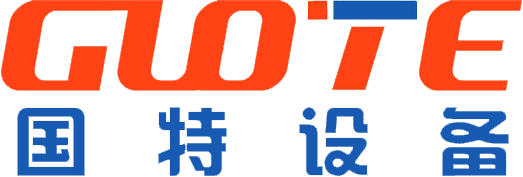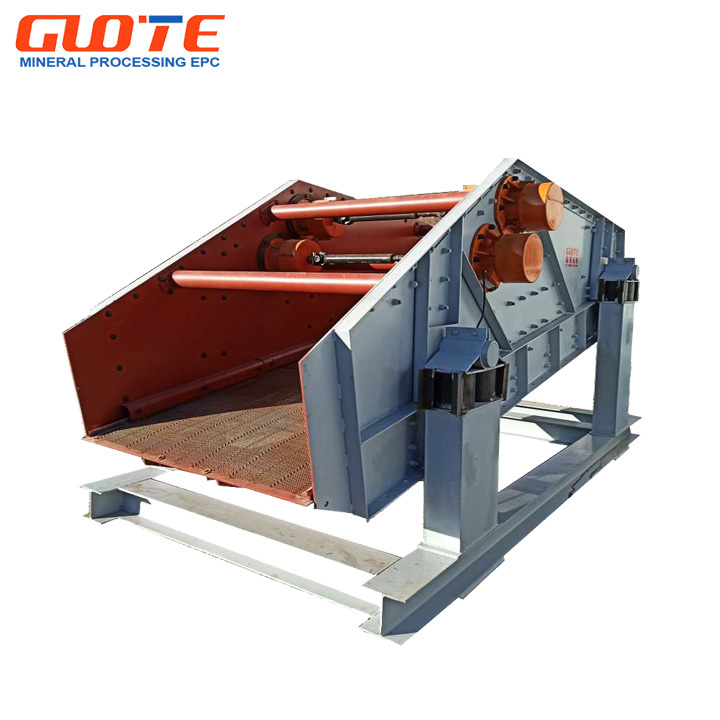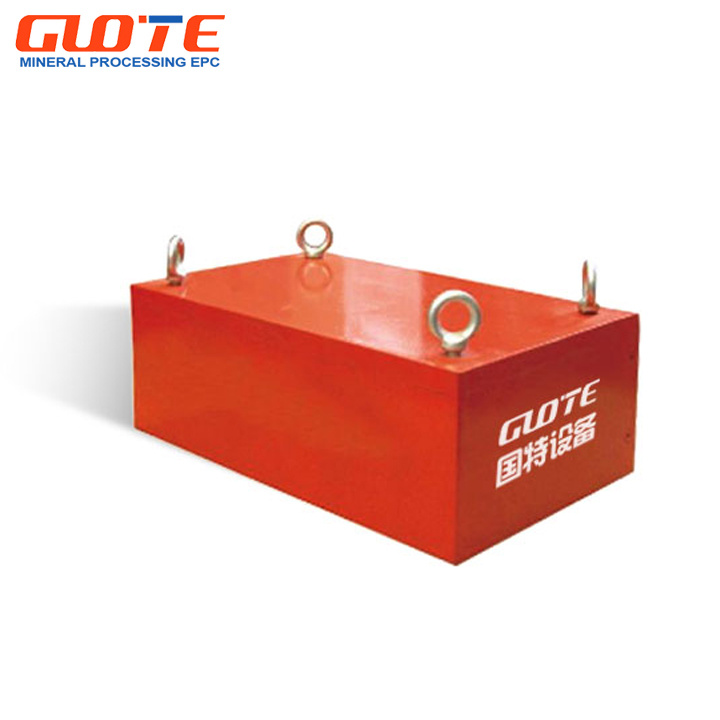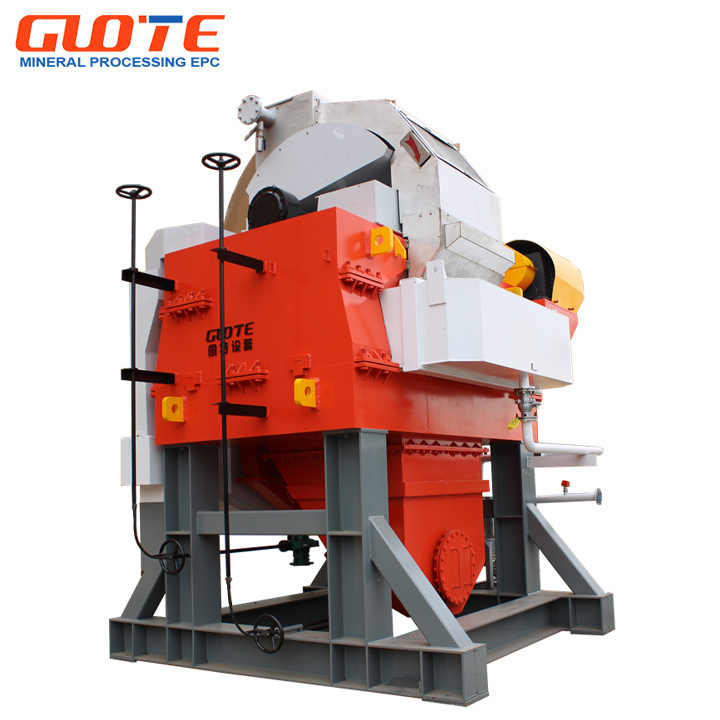A Deep Dive into Quality Vertical Sand Making Machine Specifications
A Deep Dive into Quality Vertical Sand Making Machine Specifications
In the world of manufacturing and construction, the demand for high-quality sand is ever-growing. As industries evolve, so do the technologies used to produce this essential material. Among the most significant advancements is the vertical sand making machine, an innovative solution designed to improve the efficiency and quality of sand production. In this article, we will explore the specifications, features, and performance metrics that make these machines indispensable. Our goal is to provide a detailed understanding of what to look for in a vertical sand making machine to ensure optimal productivity and quality.
Table of Contents
- 1. Introduction to Vertical Sand Making Machines
- 2. How Vertical Sand Making Machines Work
- 3. Key Specifications of Quality Vertical Sand Making Machines
- 4. Essential Features of Vertical Sand Making Machines
- 5. Performance Metrics: What to Expect
- 6. Applications in Various Industries
- 7. Maintenance Tips for Longevity
- 8. Buying Guide for Vertical Sand Making Machines
- 9. Frequently Asked Questions
- 10. Conclusion
1. Introduction to Vertical Sand Making Machines
The vertical sand making machine is engineered to produce high-quality sand with optimal particle shape and size. This machine plays a vital role in various sectors, including construction, mining, and aggregate production. As traditional sand production techniques become less efficient, the vertical sand making machine stands out as a modern solution that meets the demands of today’s industries. Understanding the specifications of these machines is crucial for making informed purchasing decisions.
2. How Vertical Sand Making Machines Work
Vertical sand making machines operate on a unique principle that differentiates them from traditional horizontal counterparts. The core of their functionality lies in the vertical shaft's design, which allows for a more effective crushing process. The material enters the machine from the top and is rapidly accelerated by high-speed rotors, which throw the material against specially designed impact plates. This process results in a highly efficient reduction of material into fine sand.
2.1 The Crushing Process
The crushing process involves two key actions: impact and attrition. The high-speed rotation generates centrifugal force, propelling the material outward where it collides with the impact plates. This collision pulverizes the material into sand-sized particles, ensuring uniformity in size and shape.
2.2 Energy Efficiency
Vertical sand making machines are designed with energy efficiency in mind. The innovative design minimizes energy consumption while maximizing output, making them a cost-effective choice for manufacturers concerned about operational costs.
3. Key Specifications of Quality Vertical Sand Making Machines
When selecting a vertical sand making machine, several specifications are critical to its performance and reliability. Understanding these specifications helps ensure that the chosen machine meets your production requirements effectively.
3.1 Capacity
The capacity of a vertical sand making machine is typically measured in tons per hour (TPH). Depending on your production needs, you must choose a machine that can handle your required output without compromising quality.
3.2 Motor Power
Motor power is another vital specification. Machines with higher power ratings can produce more sand and operate more efficiently. A well-matched motor ensures that the machine can maintain optimal performance under various working conditions.
3.3 Material Composition
The materials used in the construction of the machine significantly affect its durability and performance. High-quality steel and wear-resistant alloys are essential for ensuring longevity, especially when processing abrasive materials.
4. Essential Features of Vertical Sand Making Machines
To maximize performance, quality vertical sand making machines come equipped with several essential features. These features enhance functionality, safety, and user experience.
4.1 Adjustable Discharge Size
A key feature of modern machines is the ability to adjust the discharge size easily. This flexibility allows operators to customize the output to meet specific project requirements without needing additional equipment.
4.2 Automation and Control Systems
Advanced vertical sand making machines are equipped with automation and control systems that enhance operational efficiency. These systems facilitate real-time monitoring and adjustments, improving the overall production process.
4.3 Noise and Vibration Reduction
Noise and vibration control features are essential for maintaining a safe and comfortable working environment. Quality machines incorporate sound-dampening materials and innovative designs to minimize these factors, ensuring compliance with occupational safety standards.
5. Performance Metrics: What to Expect
Understanding the performance metrics associated with vertical sand making machines can help you evaluate their effectiveness in meeting production goals. Key metrics include:
5.1 Sand Quality
The quality of the sand produced, including particle shape, size distribution, and purity, is a crucial metric. Quality machines yield high-quality sand suitable for various applications, including concrete production and glass manufacturing.
5.2 Operational Efficiency
Operational efficiency measures how effectively a machine converts raw materials into finished sand. A high operational efficiency ratio means less waste and lower production costs.
5.3 Downtime
Minimizing downtime is essential for maintaining productivity. Quality vertical sand making machines are designed for reliability, ensuring that maintenance and repairs are infrequent and quick.
6. Applications in Various Industries
Vertical sand making machines have a broad range of applications across different industries. Understanding where these machines are employed can help businesses recognize their potential benefits.
6.1 Construction and Building Materials
In construction, high-quality sand is essential for making concrete and other building materials. Vertical sand making machines produce the fine aggregate needed for these applications efficiently.
6.2 Mining and Mineral Processing
These machines are also used in the mining sector for producing sand from minerals, enhancing the yield of valuable materials while ensuring minimal waste.
6.3 Glass Manufacturing
The glass industry demands high-purity silica sand. Vertical sand making machines are capable of producing the specific particle size and quality required for glass production.
7. Maintenance Tips for Longevity
Regular maintenance is critical for prolonging the life of your vertical sand making machine. Here are some best practices to follow:
7.1 Regular Inspections
Conduct routine inspections to identify potential issues before they escalate. Check for wear and tear on key components, ensuring timely replacements.
7.2 Lubrication
Proper lubrication of moving parts reduces friction and wear, enhancing performance and extending the machine's lifespan. Follow the manufacturer's recommendations for lubrication schedules and types of lubricants.
7.3 Cleaning
Regular cleaning prevents material buildup, which can hinder performance and quality. Clean the machine's interior and exterior routinely to ensure optimal operation.
8. Buying Guide for Vertical Sand Making Machines
When considering the purchase of a vertical sand making machine, several factors should guide your decision:
8.1 Assess Your Needs
Evaluate your production requirements, including capacity, desired sand quality, and specific applications. This assessment will help you choose a machine that fits your needs.
8.2 Research Manufacturers
Invest time in researching reputable manufacturers with a proven track record of quality and reliability. Examine reviews, testimonials, and case studies to gauge their products' performance and customer satisfaction.
8.3 Consider Total Cost of Ownership
Beyond the initial purchase price, consider operational costs, maintenance expenses, and potential downtime. A machine with a higher upfront cost may save you money in the long run if it offers better efficiency and durability.
9. Frequently Asked Questions
9.1 What is the primary advantage of a vertical sand making machine over a horizontal one?
The primary advantage is the vertical machine’s ability to produce finer sand with superior particle shape while being more energy-efficient.
9.2 How do I determine the right capacity for my needs?
Assess your production volume requirements and consult manufacturers to find a machine that matches your expected output.
9.3 What maintenance is required for a vertical sand making machine?
Regular inspections, lubrication, and cleaning are essential to maintain optimal performance and extend the machine’s lifespan.
9.4 Can these machines handle different types of materials?
Yes, many vertical sand making machines can handle a variety of materials, including granite, basalt, and other aggregates, depending on their design and specifications.
9.5 What should I look for in a warranty for these machines?
Look for comprehensive warranties that cover key components, including the motor and wear parts. A longer warranty often indicates manufacturer confidence in the product's durability.
10. Conclusion
Investing in a quality vertical sand making machine can significantly enhance your production capabilities and ensure a consistent supply of high-quality sand. By understanding the specifications, features, and performance metrics associated with these machines, you can make an informed decision that aligns with your operational needs. Regular maintenance, careful research, and a thorough assessment of your requirements will further ensure that you select the right equipment for your business. As industries continue to evolve, embracing innovative solutions like vertical sand making machines will keep you ahead of the competition.
quality Vertical sand making machine
Previous Page
Previous Page
Related Products
Related News






